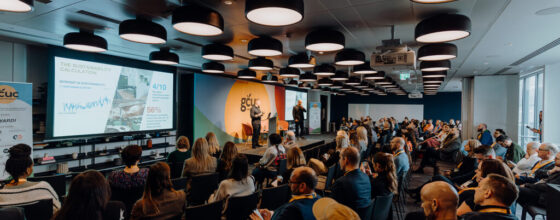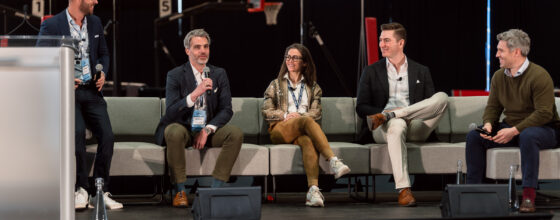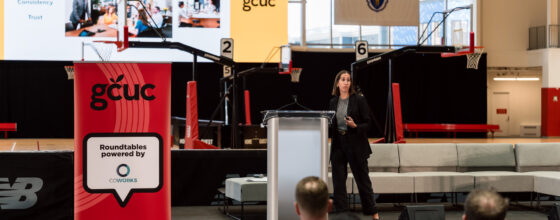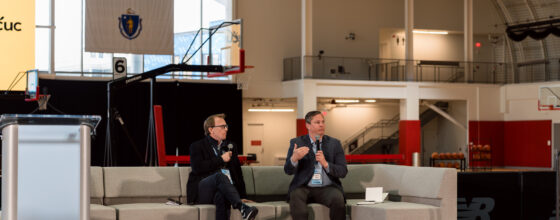Engineering Connection in a Work-From-Anywhere World: Insights from Raj Choudhury
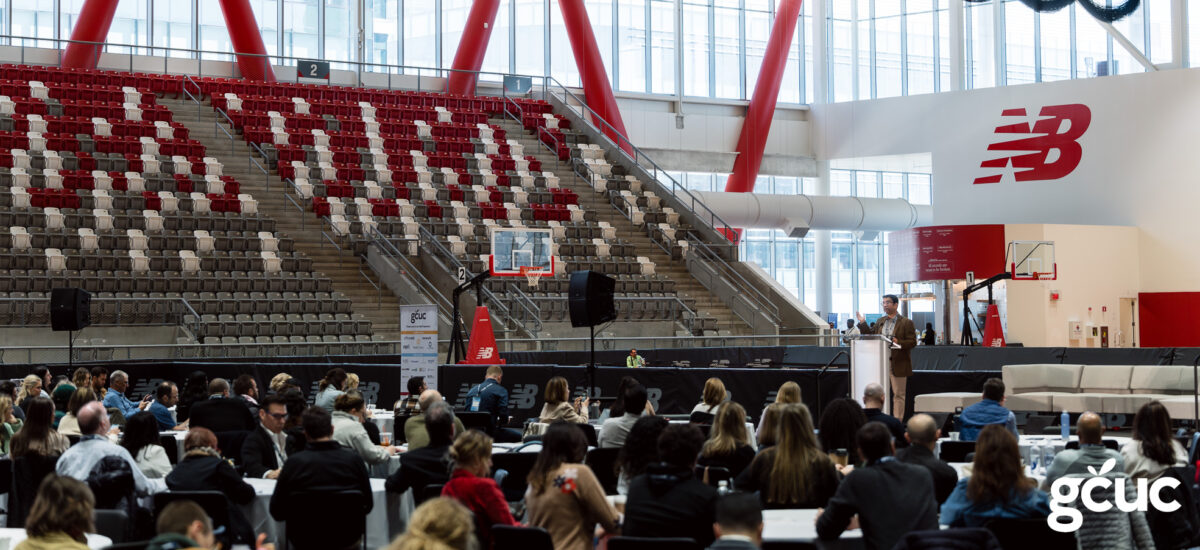
Rewriting the Rules: Engineering Connection in the Age of Work From Anywhere
Insights from HBS Professor Raj Choudhury, as presented at GCUC Boston.
At GCUC, we believe the future of work isn’t about picking sides between remote and in-person—it’s about designing intentional connection across both.
Enter Raj Choudhury, professor at Harvard Business School and global voice in workplace transformation. At GCUC, he shared breakthrough insights from his upcoming book on Work From Anywhere—a framework that redefines flexibility, community, and productivity.
The Data Is In: Remote Work Is Here to Stay
“Mandates don’t build culture. Intentionality does.” – Raj Choudhury
Raj shared striking stats that workplace leaders can’t afford to ignore:
- 25% of U.S. workers are now remote (vs. 5% pre-pandemic)
- “Return to office” mandates lead to higher attrition and no positive stock impacts
- Zapier and the U.S. Patent Office reported productivity increases after shifting to remote-first operations
These trends reinforce what we already know: flexibility is a feature—not a bug—of high-performing teams.
From Work From Home to Work From Anywhere
Raj differentiates the two:
- WFH: limited to local living environments
- WFA: geographic freedom, broader talent pools, local economy revitalization
Cities like Tulsa, OK and programs like Mob Squad (Canada) offer incentives for remote workers. These aren’t just policy plays—they’re coworking opportunities.
GCUC Tip: Partner with relocation programs to attract nomads to your space and community.
The New Hybrid: Beyond the Weekly Schedule
Raj’s model for hybrid flexibility includes:
- Quarterly or monthly team events
- 25% in-person time as the sweet spot for performance and belonging
- The rise of office-as-event (ex: Glassdoor repurposing HQ into an event hub)
This is your cue to reposition your coworking space as a “Connection Venue” rather than a daily worksite.
Technology as a Catalyst for Connection
Raj introduced two key trends:
1. Digital Twins
AI + sensors enable remote management of physical operations. Already in use at Unilever and Turkish energy companies, they allow blue-collar and technical roles to gain flexibility.
2. Personalized Bots
Bots that impersonate coworkers—used effectively at Zapier—can improve communication scale. But Raj emphasizes: human connection must remain central to experience design.
Engineering Serendipity: Online and Off
It’s time to stop hoping connection happens—and start designing for it.
Physically:
- Design for collisions (think: shared seating, rituals, movement paths)
- Challenge “homophily”—our bias for the familiar—through curated introductions
Virtually:
- Schedule “watercooler Zooms” between unlikely pairs (senior execs and interns)
- Use digital prompts to keep conversation alive across time zones
Coworking’s Moment: Be the Bridge
Whether you’re in a rural community or an urban core, your space can become the nervous system for the work-from-anywhere revolution. The key is to lead with intentionality, flexibility, and humanity.
For more content like this, join us online in the GCUC Community membership or at our next in person conference in the UK.


